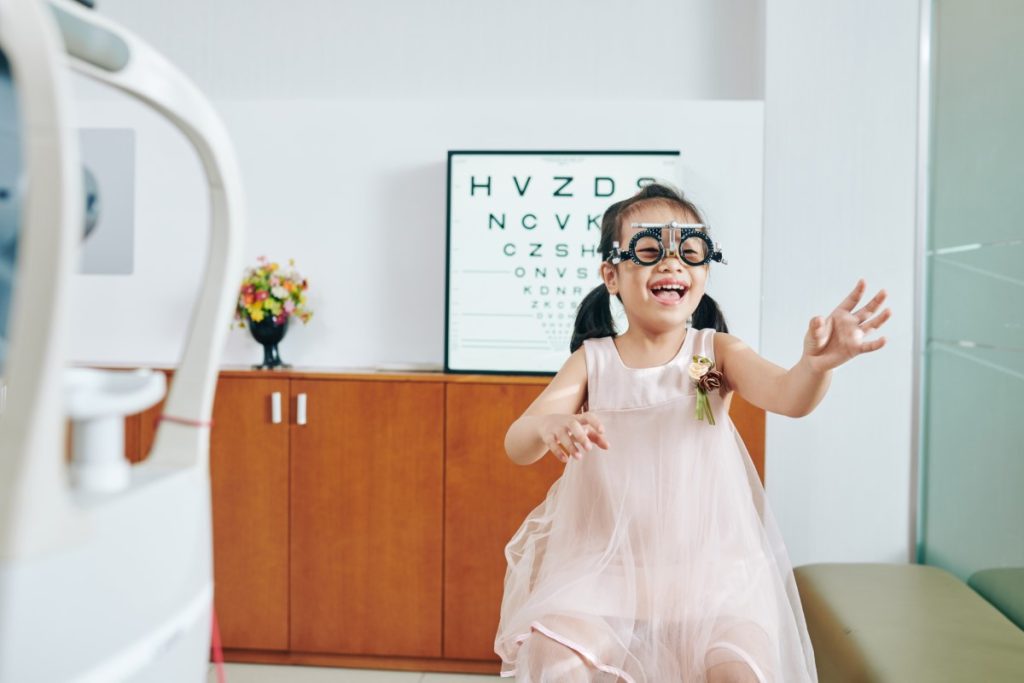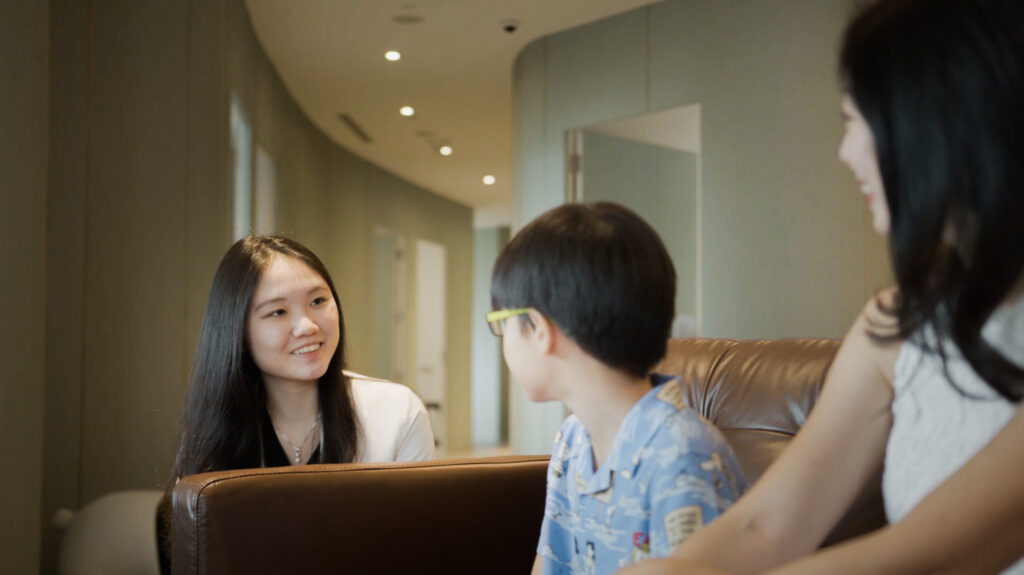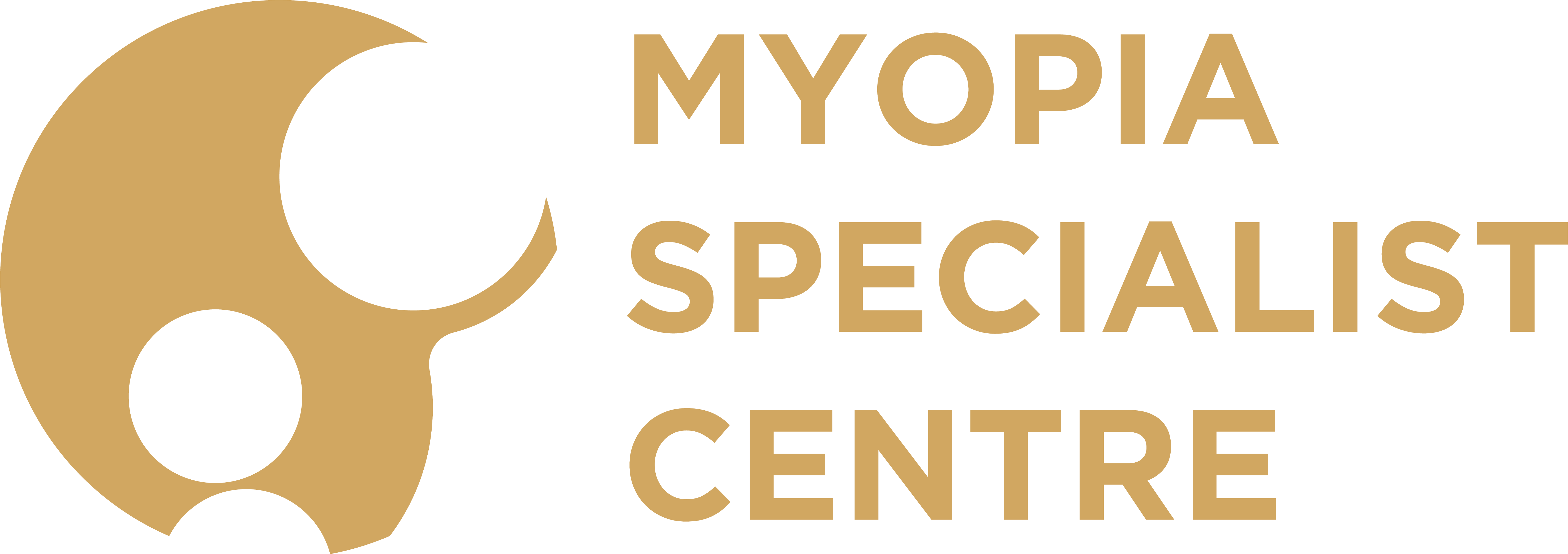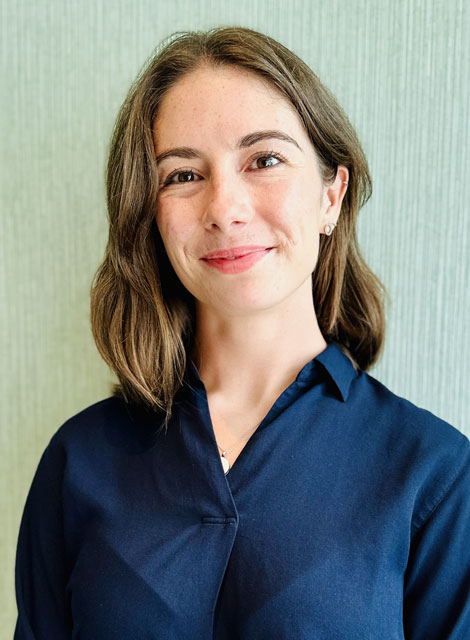Home / Children’s Eye Test
Children’s Eye Test
Why is it important to have your child’s eyes tested?

Who can do a child’s eye test?

Which children should be tested?
- Family history of squints/lazy eye
- Family history of high degree of long/short-sighted/astigmatism
- Multiple family members have glasses e.g. parents and/or siblings
- Family member required glasses at a young age
- Development issues or children with special needs
- Childhood illnesses
Potential eye problems in children
Refractive error – Children, like adults, can also have a degree for glasses i.e. they can have long-sightedness, short-sightedness, astigmatism. It is best to have this tested so they can wear the appropriate correction spectacles to help them see clearly and ensure the optimum development of their eyes. Some children may be having difficulties in school with reading/writing so it is best to ensure having unclear vision is not a contributing factor.
Lazy eye – There are some circumstances which impede the development of a child’s eyes therefore causing one or both eyes to have poor vision and become weak. This is called Amblyopia. It is important that this is caught as early as possible and that the child begins treatment as once they grow and their eyes become fully developed there is no way to cure a lazy eye and the vision will permanently remain poor.
Squint – In some cases, children’s eye muscles/ nerves may be under/overactive and this can cause one or both of the eyes to turn inward/outward. This is usually more apparent when the child is tired or unwell. Again, the earlier this is discovered the better chance of successful treatment.
Signs and Symptoms to look out for in Children
It is important that a child has an eye examination if you notice any of the following:
- One eye turns inward/outwards
- Tilting/turning head to one side
- Rubbing/squinting their eyes when looking at things
- Excessive blinking or watery eyes
- Extreme light sensitivity
- Clumsy or poor hand-eye coordination
- Poorer performance in school with reading & writing
- Sitting closer to the TV or holding things closer to see better
- Difficulty reading the board whilst seated at the back of class
- Complaining of blurry or double vision
- Complaining of headaches/ eye fatigue
If you notice any of these above signs/symptoms in yourself or your child, it’s best to book an eye examination to have this properly tested and diagnosed.
If you would like to find out more about Myopia please click here.

At what age can my child have an eye test?

What happens at a child’s eye test?
It is understood that an eye examination may be overwhelming for a child but the Optometrist should be trained in making the experience pleasant for the child- “like playing a game” – to ease any discomfort or fear.
Firstly, a thorough ‘History’ taking is done to enquire on any family history of eye conditions/high prescriptions etc and to highlight any concerns the parent has.
Different equipment can be used to make the tests more child friendly. For example, for Vision measuring the child can look at numbers/ pictures if they cannot read capital letters or if the child is nonverbal they can do picture matching.
Checking prescription degree can also be done without any input from the child using specialist equipment.
Optometrists should also check a child’s 3D vision and Colour vision.
- 3D (three-dimensional) vision determines the child’s ability to perceive depth. This is a good indicator of how coordinated and how well functioning the eyes are. If there is weak 3D vision this may be due to a Lazy eye or a Squint as both eyes need to be functioning properly and be able to work well together in order to see 3D.
- Having a colour vision deficiency is normally inborn so the child would not usually report any symptoms as for them there is no change. There are different types and magnitudes of colour vision deficiencies. Since this is usually a genetic issue, parents or grandparents will likely have colour deficiency which has passed down to the child. It is more common in boys than girls. There is no cure for colour vision problems however it is helpful to know if, for example in school the teacher is using certain colour pens that the child will have difficulty with.
In some cases it may be advised that the child have special eye drops used as part of their eye examination. This is called Cycloplegic Refraction and can only be done with the presence of an eye doctor in Singapore. The purpose of this is to more accurately determine the child’s degree so they can be prescribed the optimum correction as due to the flexibility of a child’s eye, the examiner may be unable to determine the true degree without this method.
Tips for children
Lastly, here are some tips for maintaining children’s eye health and vision:
- Have an eye examination
- Sun protection e.g. UV protective glasses/sunglasses, hats
- Regular visual breaks i.e. do not spend hours reading or using handphone
- Outdoor activity i.e. not so much time spent indoors looking at screens. Practising ball sports can help with their hand- eye coordination
- Maintain and active and healthy lifestyle i.e. regular exercise and a healthy diet




